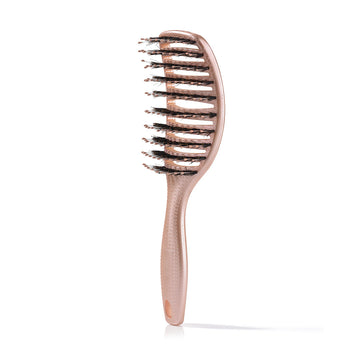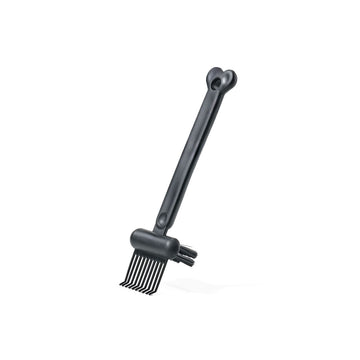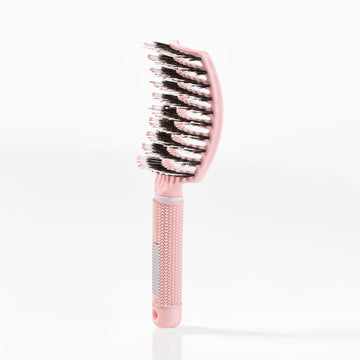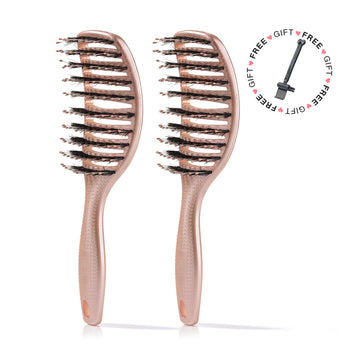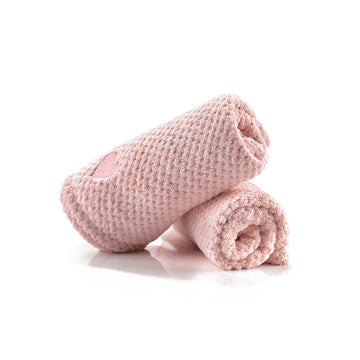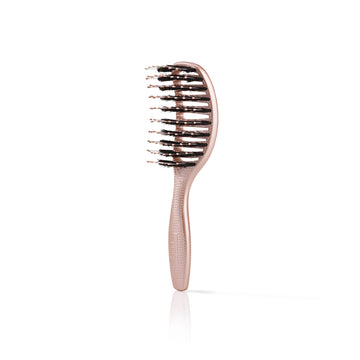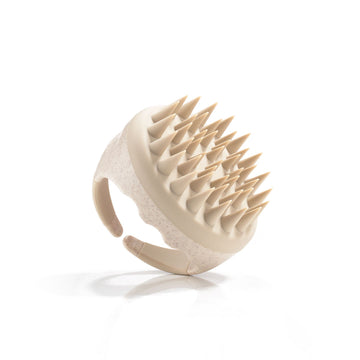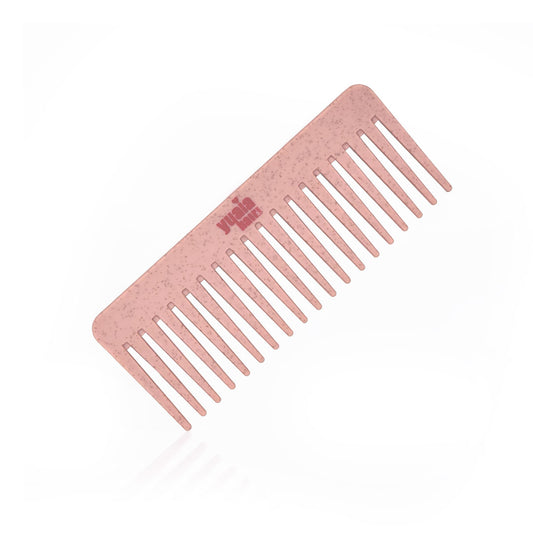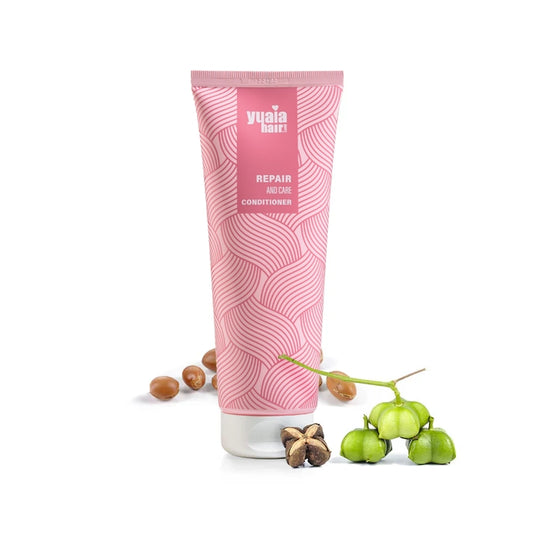
When to Consider Bi-Weekly or Monthly Deep Conditioning
While deep conditioning can be a transformative practice for many, it's important to recognize when less frequent treatments might be more beneficial. For individuals with fine or straight hair, the challenge often lies in maintaining volume and avoiding a weighed-down appearance. In these cases, bi-weekly or even monthly deep conditioning sessions can provide the necessary care without compromising the hair's natural lift and movement.
Seasonal changes also play a significant role in determining the frequency of deep conditioning. During the colder months, the air tends to be drier, which can lead to increased moisture loss. Opting for a bi-weekly routine during winter can help counteract these effects, ensuring that your hair remains hydrated and healthy despite the harsh environmental conditions.
Recognizing Over-Conditioning
While deep conditioning is beneficial, over-conditioning can lead to its own set of challenges. It's crucial to be aware of the signs that your hair might be receiving too much moisture. If your hair feels limp, heavy, or excessively greasy, it could be an indication of over-conditioning. This is especially common in fine or oily hair types, where the balance between moisture and volume is delicate.
To avoid over-conditioning, consider adjusting the frequency of your deep conditioning treatments and pay attention to how your hair responds. Incorporating a wide-toothed comb can aid in evenly distributing any conditioning product, ensuring that it doesn't concentrate too heavily in one area. This approach helps maintain the right balance, allowing your hair to self-regulate its moisture levels effectively.
For those experiencing signs of over-conditioning, reducing the frequency of deep conditioning treatments and opting for lighter products can help restore balance. Remember, moderation is key, and listening to your hair's needs will guide you in finding the perfect routine.
Incorporating these insights into your hair care regimen will not only enhance your hair's health but also ensure that it remains vibrant and full of life. Tailoring your deep conditioning routine to your specific hair type and seasonal needs can make a noticeable difference in your hair's overall appearance and manageability.
Personalizing Your Deep Conditioning Routine
Creating a deep conditioning routine that caters to your hair's unique characteristics is essential for achieving optimal results. Start by evaluating your hair's texture, porosity, and current condition. Understanding these factors will guide you in determining the ideal frequency and type of deep conditioning treatment.
Consider using a self-assessment tool to help identify your hair's needs. This approach can provide insights into how often you should deep condition and which products are best suited for your hair type. For instance, if your hair is prone to dryness, increasing the frequency of deep conditioning in the summer months can counteract the effects of sun exposure and swimming.
Frequently Asked Questions
How do I know if my hair needs deep conditioning?
Look for signs of dryness, brittleness, or a lack of shine. If your hair feels rough or appears dull, it may benefit from a deep conditioning treatment to restore moisture and vitality.
Can deep conditioning replace regular conditioning?
Deep conditioning is a supplement to regular conditioning, not a replacement. While regular conditioners provide daily moisture, deep conditioners offer intensive hydration and repair, making them an important addition to your hair care routine.
What should I do if my hair feels weighed down?
If your hair feels weighed down, consider reducing the frequency of deep conditioning and opting for lighter products. This adjustment can help restore volume and improve manageability.
 2-5 day delivery
2-5 day delivery
 25.000+ satisfied customers
25.000+ satisfied customers
 Satisfaction Guarantee
Satisfaction Guarantee






